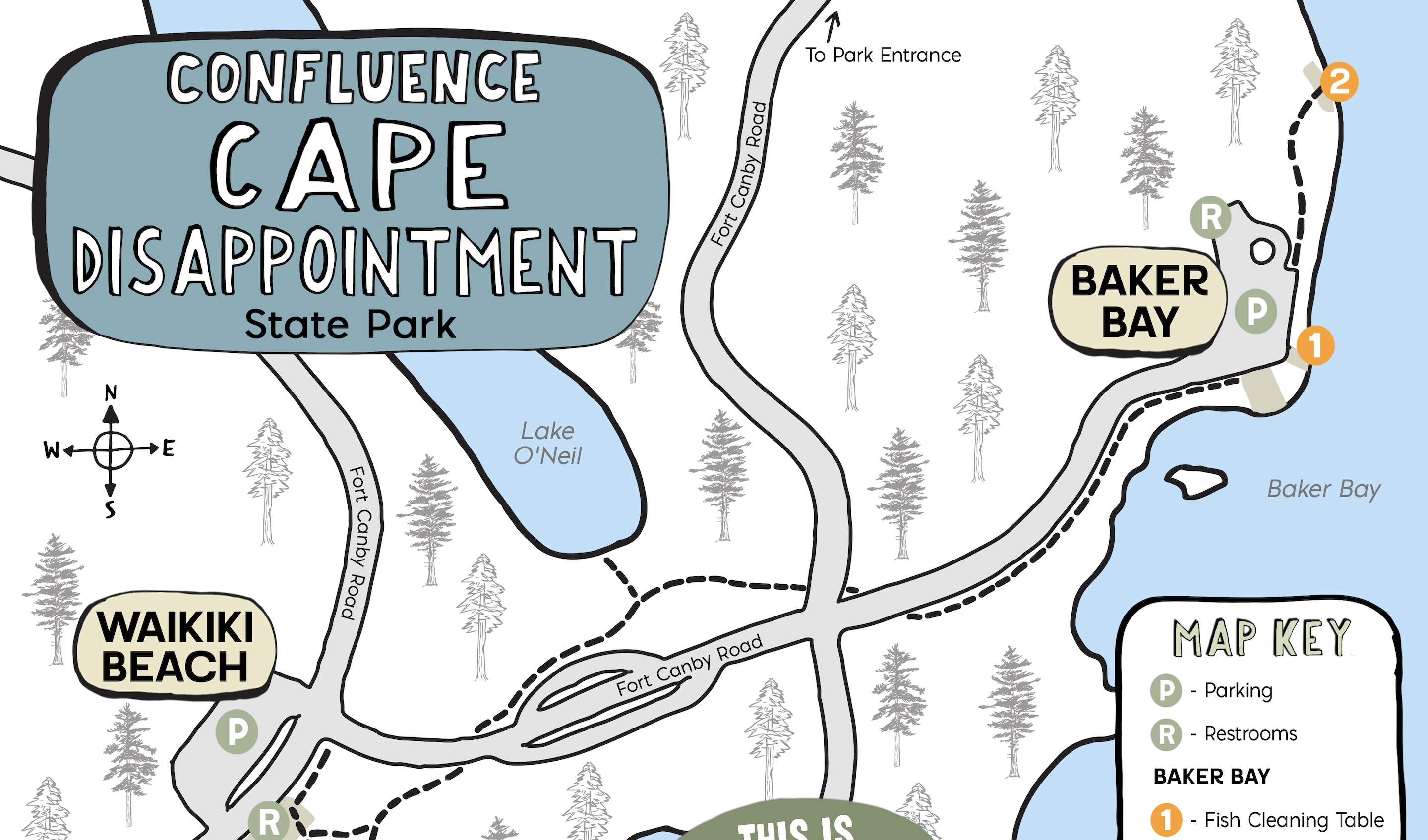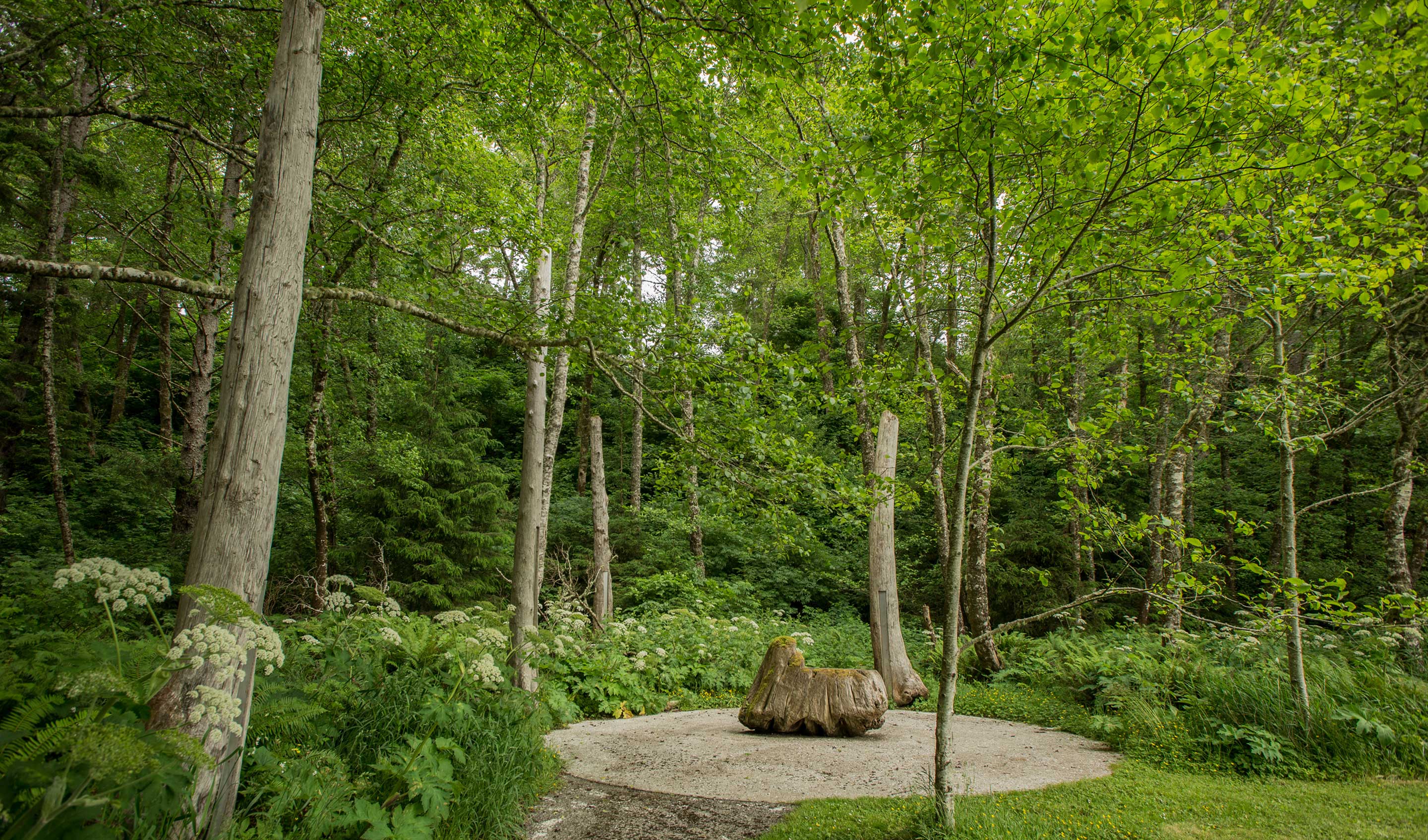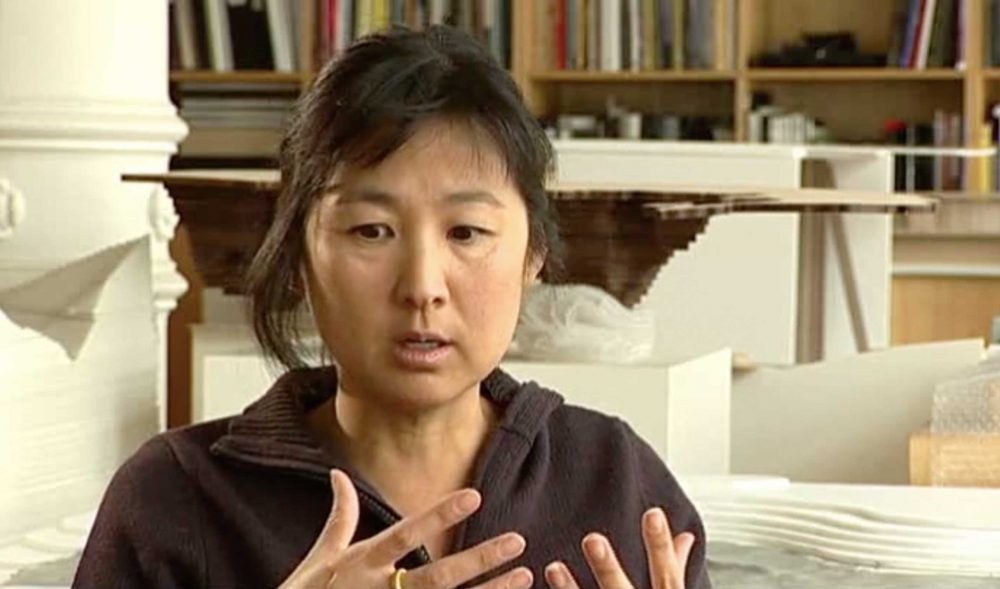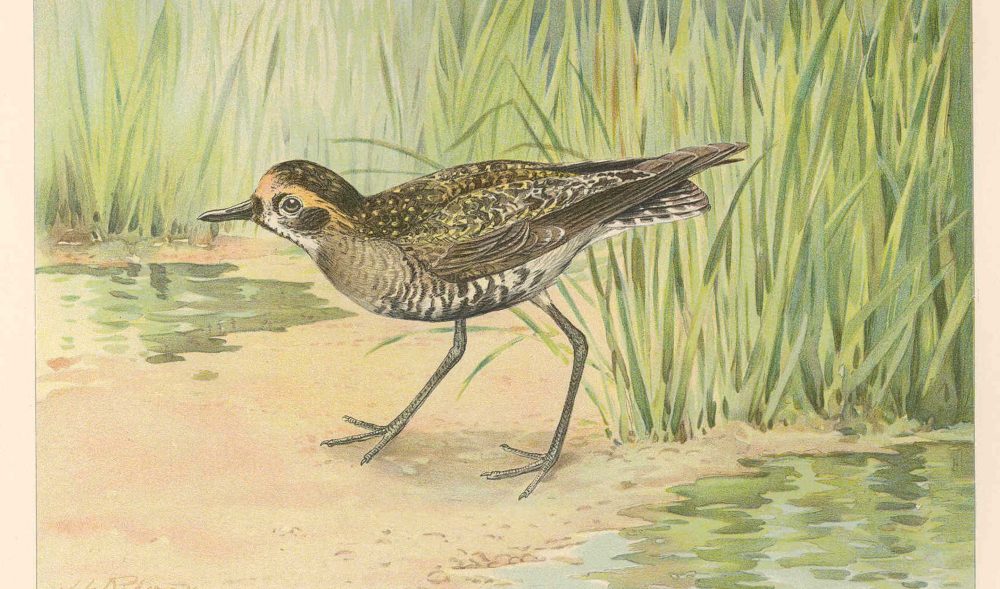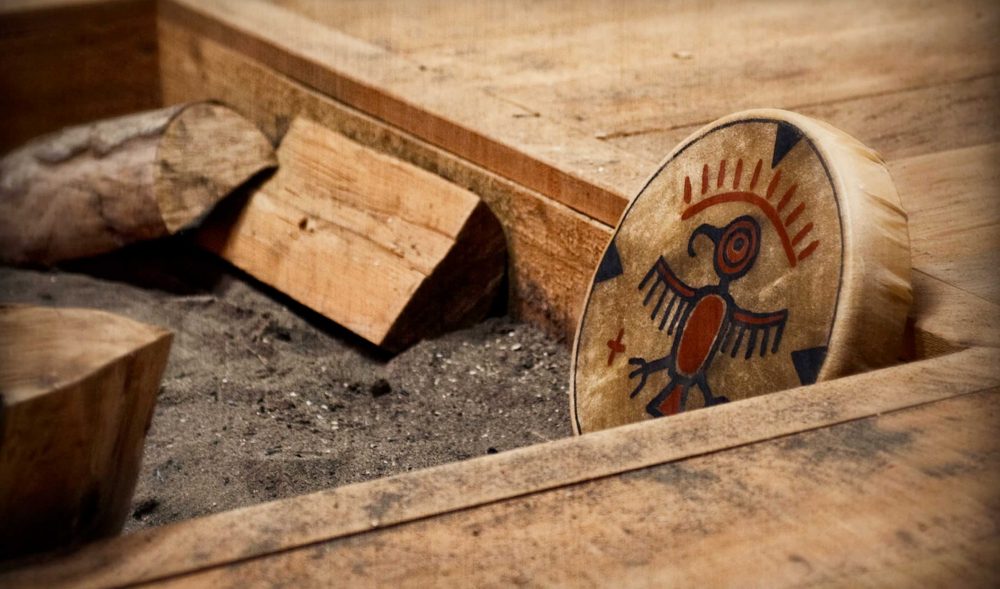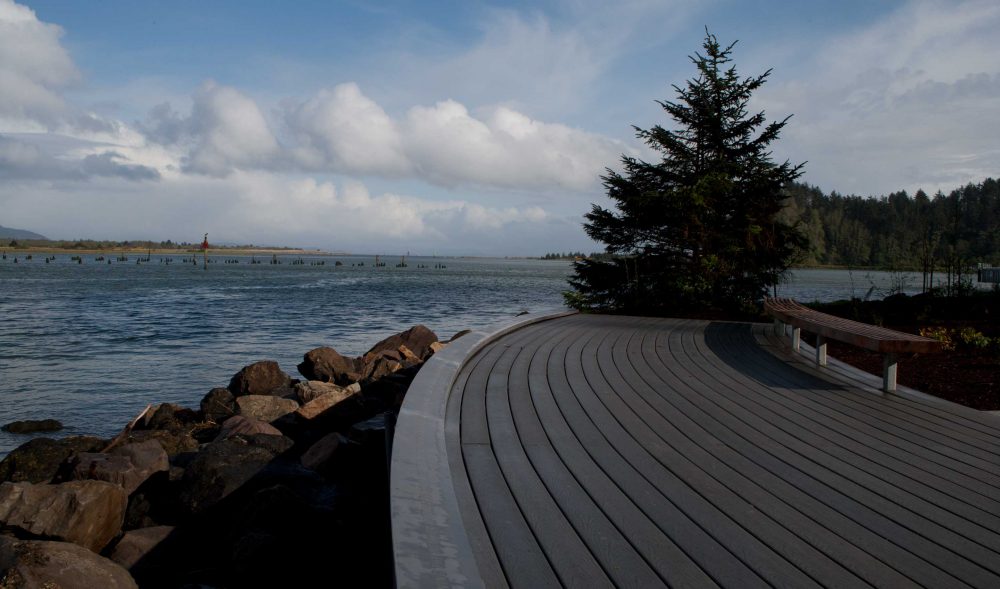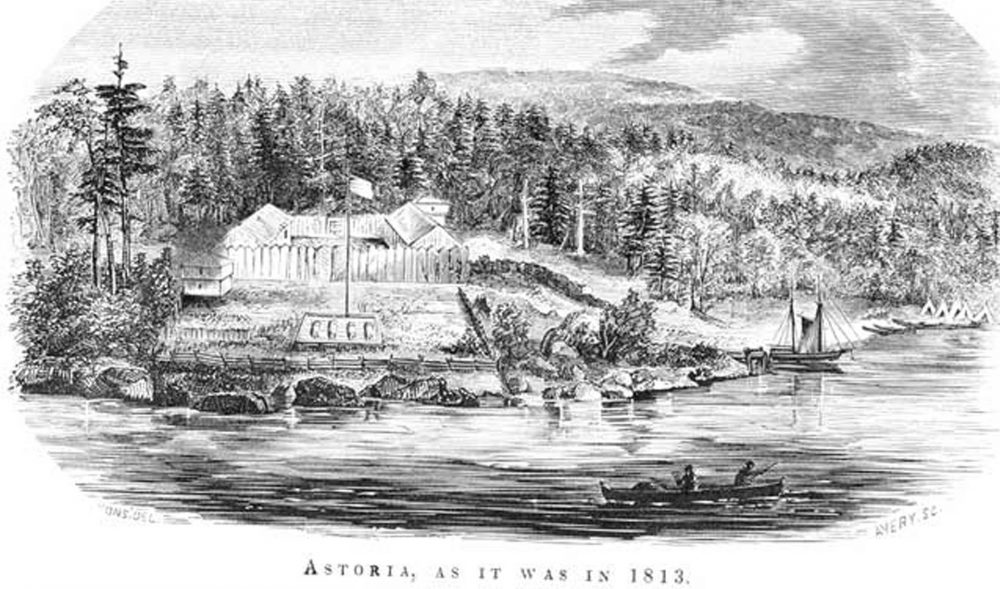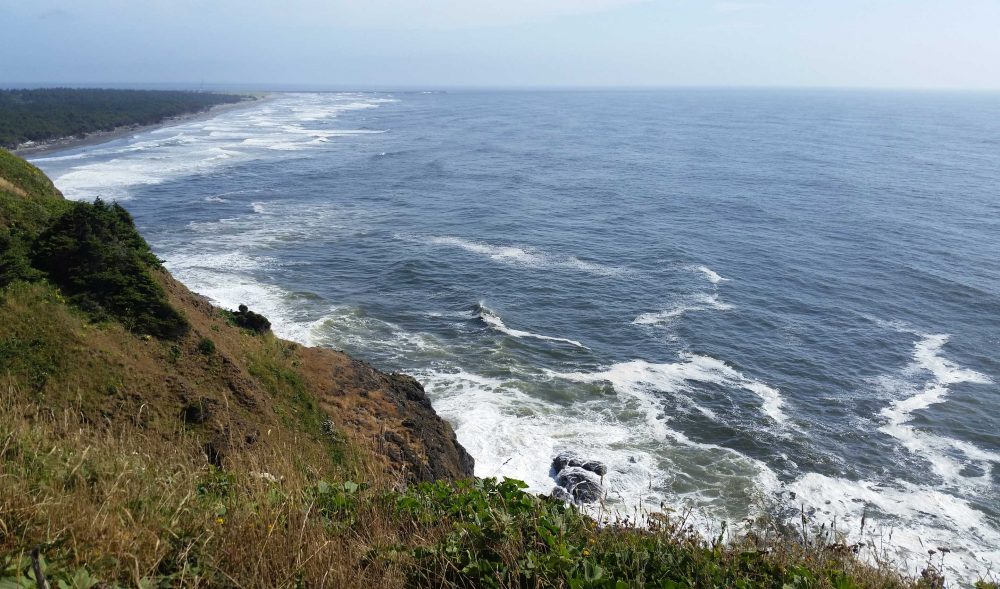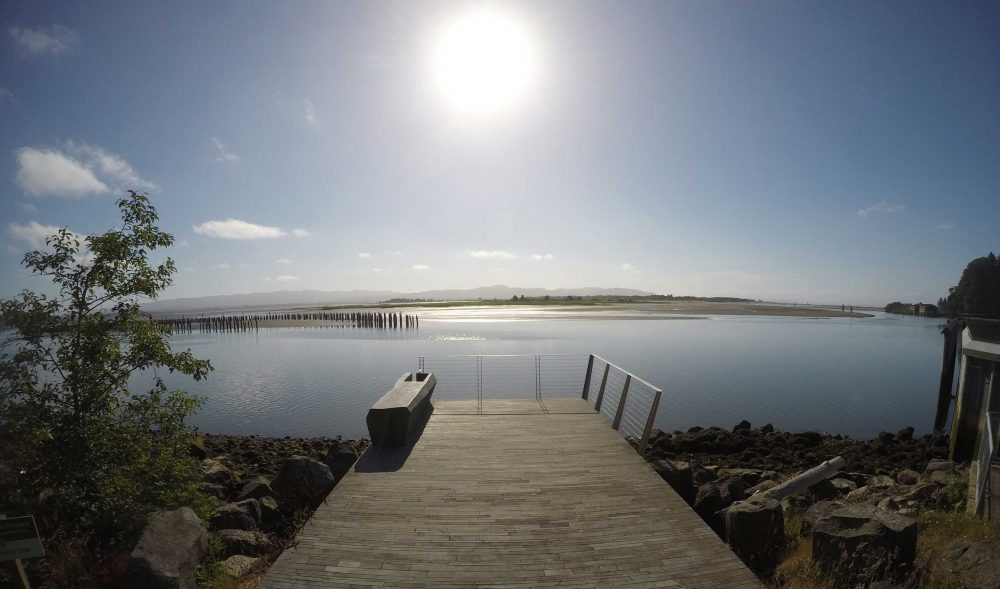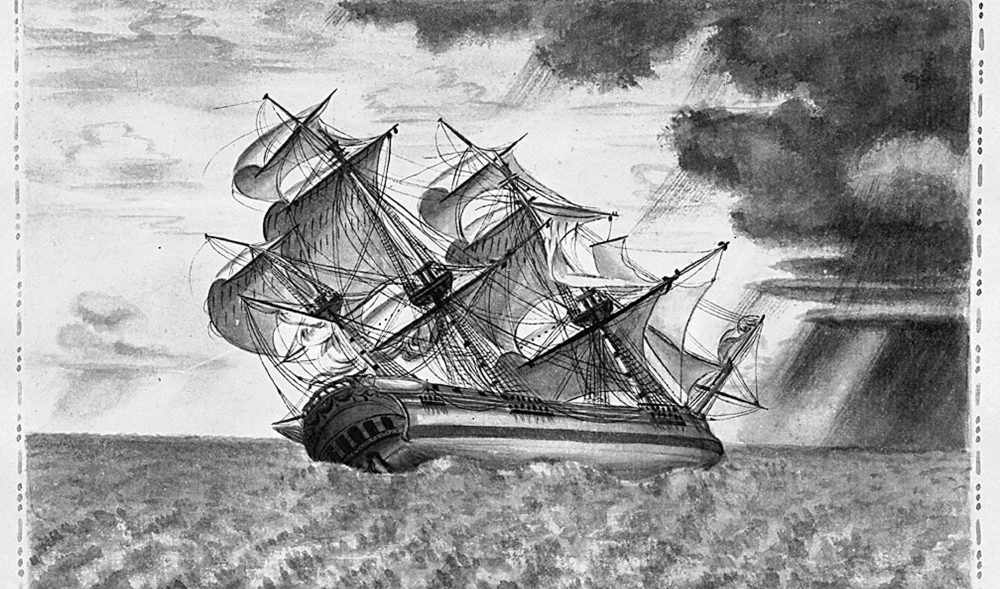Tag Result
tag: Cape Disappointment
This field guide was designed by Art Nature Place as part of Confluence’s education programs connecting students with the history, culture, and ecology at Cape Disappointment Park. It is designed to guide you through what you see, hear, and feel there, and prompt thinking about changes in the landscape.
200 years after the Lewis and Clark journey, the first Confluence art installation was completed in 2006 at Cape Disappointment state park on the Washington state side of the river.
Cape Disappointment, at the mouth of the Columbia River on the Pacific Ocean, hides a bay full of plants, animals, and birds, as well as visitors. Here, Waikiki Beach is the only safely swimmable coast in Washington.
The Chinook are one of several Lower Chinook people indigenous to the western Washington coast. Though not federally recognized, the Chinook were long recognized as prodigious traders across the Northwest coast.
Maya Lin’s first Confluence site is at Cape Disappointment State Park. Guests are greeted by a path, amphitheater, fish sink, and gathering circle. It was built of native materials for the Lewis and Clark bicentennial.
A variety of contesting claims were made for the Columbia River in the 19th century by explorers from Britain, the United States, and others. Missionaries, scientists, and explorers alike flocked to this “new land.”
Orinthologist John Kirk Townsend provided valuable descriptions not only of the Columbia River’s bird populations but also of Cape Disappointment. A portion of a letter describing Cape Disappointment is reprinted here.
Cape Disappointment was explored many times in the 18th century but did not show a river, contrary to Spanish explorer de Heceta’s claims. Nehalem legend tells how Tal-a-Pus made the Pacific Ocean wave-beaten and stormy.
In 1791/2 Captain Robert Gray became the first European to sail the Columbia River, entering at Cape Disappointment to trade with local Chinook. Lewis and Clark visited in 1805 and found the Chinook ready to trade.

